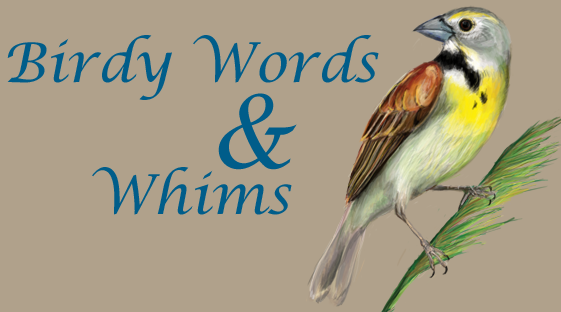Instead of heading south for the summer like I did last year, this year I decided to head north along with the migratory birds. Last week I drove up to Wilton, WI, just 2 hours north of Madison and nearby the cities of Tomah and Sparta. I'm now relaxing at the lovely farm house we're renting for the spring after a long day in the field (Thanks to our amazing hostess, Donna!!).
My new job is to collect data for Eric, a Ph.D. candidate at the University of Wisconsin Madison. Basically, we are surveying migratory birds using the forests and savannas of Fort McCoy in Tomah and the woods of Kickapoo Valley Reserve in La Farge, WI. The focus is on wood warblers, especially those that have flown all the way here from Central and South America. So far a lot of early migrants have shown up at Kickapoo Valley where we have been collecting data on the vegetation, like Blue-headed Vireos, Yellow-rumped Warblers, Ruby-crowned Kinglets and Hermit Thrushes. However, we're still waiting for the warbler flood gates to crack open.
First things first though, and we have a lot of data to collect in the woods of Wisconsin. I don't think I ever mentioned it in my previous posts, but almost always when you do studies on birds you have to look at their environment and what kind of resources they are using. So that means we have been trawling the woods and identifying trees like mad for the past two weeks. I am definitely not a botanist, so it has been a bit grueling at times, but I'm learning a ton. Some of the really common trees here are White Oak, Red Oak, Basswood, Yellowbud (or Bitternut) Hickory, Red Maple and Sugar Maple. Some are nearly impossible to identify just by bark or shape alone. But fortunately, the oaks are just starting to leaf out now and some of the maples are almost in full summer plumage (hmmm.. ok maybe that's not the right word to describe it!) With the warm weather we've been having, the trees seem to be upping their usual pace, and in turn having an affect on insect populations. Will these factors influence the livelihood of our colorful spring warblers? I guess we have some research work that needs to be done.
Anyway here's a glimpse at our farm house where we're staying and an early spring migrant found in our yard.
 Our home in the country
Our home in the country
 White-throated Sparrow - just stopping by on his way to Canada
White-throated Sparrow - just stopping by on his way to Canada
 A Red-tailed Hawk nest in view from our front porch
A Red-tailed Hawk nest in view from our front porch
 The White Ash has bark that forms a weaving pattern, creating little nooks.
The White Ash has bark that forms a weaving pattern, creating little nooks. Yellowbud Hickory (also known as Bitternut Hickory) has a similar weaving pattern, except the bark looks like it has been sanded down.
Yellowbud Hickory (also known as Bitternut Hickory) has a similar weaving pattern, except the bark looks like it has been sanded down. The Black Cherry Tree has bark that is peeling off in the shape of burnt potato chips.
The Black Cherry Tree has bark that is peeling off in the shape of burnt potato chips. Mature Aspen trees have deeply grooved bark at the base that becomes lighter colored and almost birch-like near the top. Seen above and below. This is Big-toothed Aspen.
Mature Aspen trees have deeply grooved bark at the base that becomes lighter colored and almost birch-like near the top. Seen above and below. This is Big-toothed Aspen.





